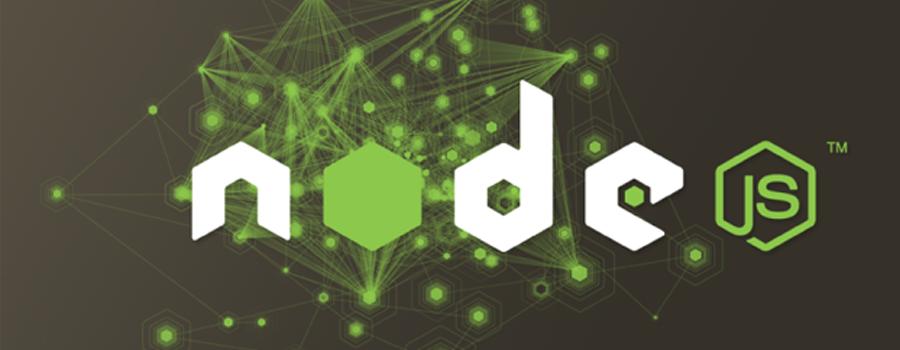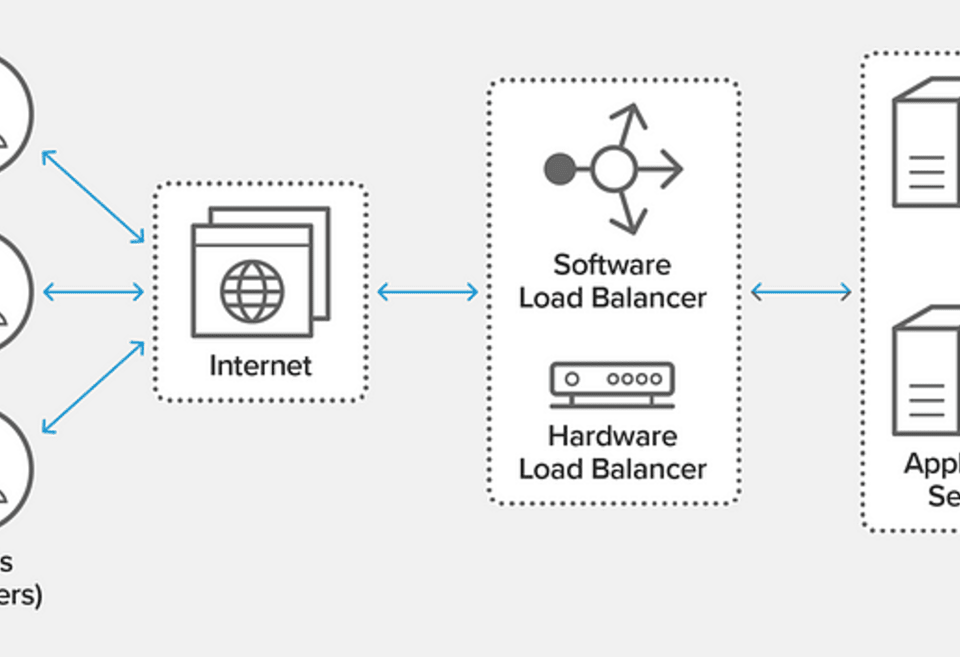What is Node.js?

Machine Learning With DAAL4PY
3rd June 2019
What is Cyber-Security?
3rd September 2019Node.js is a cross-platform runtime environment and library for running JavaScript applications outside the browser. It is used for creating server-side and networking web applications. It is open source and free to use. It can be downloaded from this link https://nodejs.org/en/ .
Many of the basic modules of Node.js are written in JavaScript. Node.js is mostly used to run real-time server applications.
The definition given by its official documentation is as follows:
Node.js is a platform built on Chrome’s JavaScript runtime for easily building fast and scalable network applications. Node.js uses an event-driven, non-blocking I/O model that makes it lightweight and efficient, perfect for data-intensive real-time applications that run across distributed devices.
Node.js also provides a rich library of various JavaScript modules to simplify the development of web applications.
Node.js = Runtime Environment + JavaScript Library
Different parts of Node.js
Features of Node.js
Following is a list of some important features of Node.js that makes it the first choice of software architects.
- Extremely fast: Node.js is built on Google Chrome’s V8 JavaScript Engine, so its library is very fast in code execution.
- I/O is Asynchronous and Event Driven: All APIs of Node.js library are asynchronous i.e. non-blocking. So a Node.js based server never waits for an API to return data. The server moves to the next API after calling it and a notification mechanism of Events of Node.js helps the server to get a response from the previous API call. It is also a reason that it is very fast.
- Single threaded: Node.js follows a single threaded model with event looping.
- Highly Scalable: Node.js is highly scalable because event mechanism helps the server to respond in a non-blocking way.
- No buffering: Node.js cuts down the overall processing time while uploading audio and video files. Node.js applications never buffer any data. These applications simply output the data in chunks.
- Open source: Node.js has an open source community which has produced many excellent modules to add additional capabilities to Node.js applications.
- License: Node.js is released under the MIT license.






